Vasily Surikov Biography
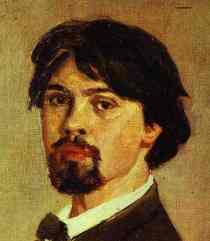
Vasily Ivanovich Surikov was born in Krasnoyarsk into a family of Siberian Cossacks, whose ancestors came to conquer Siberia with Yermak in the 16th century (
The Conquest of Siberia by Yermak). The future artist grew up among brave and solid people, in severe natural conditions. Surikov said later that Siberia gave him the ideals of historical characters, spirit, strength and health.
He received his first art lessons from his school teacher, N. V. Grebnev, who, seeing the talent of the boy, started to work with him individually. After finishing school in 1868, the young man left for St. Petersburg on horse-back to join the Academy. He spent a year on his journey, because on his way he made frequent stops in the ancient towns through which he passed. In 1869, he entered the Academy of Art, where he studied excellently.
In 1874, Surikov painted his first historical work The Knyaz’s (Grand Duke’s) Court of Law, in 1875 – Apostle Paul explains the Christian Dogmas to Agripinna and his sister Berenice. That year he received commissions for 4 big paintings for the Cathedral of Christ the Savior in Moscow. To fulfill the commissions Surikov moved to Moscow, where he settled permanently.
Moscow with its old architecture impressed the artist deeply. The views of the Red Square, monasteries and cathedrals, Kitay-Gorod called to mind dramatic historical events. “When I moved to Moscow, this center of the nation, I immediately found my way in art.” – Surikov. On impulse, he started the big historical canvas Morning of Strelets’ Execution (finished in 1881). This painting defined the main direction of his work – depiction of Russians in turning points of their history. The next big painting, Menshikov in Berezovo, dealt with the personal drama of an outstanding politician. Once a mighty courtier, the right hand of Peter the Great, now an exile, Surikov’s Menshikov impresses the viewers with his strong personality. Surikov’s wife sat for Menshikov's daughter, Maria, who is beside her father wrapping herself in a fur coat.
After the collector of Russian art Pavel Tretyakov bought both of Surikov’s canvases, the artist had money to go abroad. He visited Germany, Italy, France, Austria, studying and admiring the rich collection and different schools of painting, drawing and painting his impressions. The interesting fact is that while getting foreign impressions, the artist thought out his next work from Russian history Boyarynya Morozova. On his return Surikov started the work on this canvas.
In 1887, Surikov’s wife died. Her death caused a deep depression: he gave up painting, turned to religion, and left with his children for Siberia. The atmosphere, familiar from childhood, and the caring attitude of his friends restored him to life. In 1891, in Siberia, Surikov painted his most joyous picture Taking of a Snow Fortress, which shows a Siberian game in which a horseman must jump over a snow wall, defended by young people with twigs and whips. This cheerful painting is an exception in his art, all other paintings by Surikov are very serious.
After the Taking of Snow Fortress Surikov started painting The Conquest of Siberia by Yermak (1895). The battle of the 16th century between the Cossacks under their ataman (commander) Yermak Timofeevich and the troops of Kuchum-Khan, the ruler of Siberia, he showed with reliability of a witness. Another big canvases, devoted to Cossacks is Stepan Rasin (RAH-zin), which depicts the moment of the Cossacks return from a successful campaign against Persia.
Besides historical pictures Surikov created many portraits and self-portraits which show the gift of the master and his interest into the inner world of his models.
Surikov executed only nine historical canvases out of hundreds of portraits, studies, and sketches, but he is still considered Russia's greatest historical painter.
Bibliography
Vasilii Surikov by V. Kemenov. Aurora. Leningrad 1978.
- The Conquest Of Siberia By Yermak.
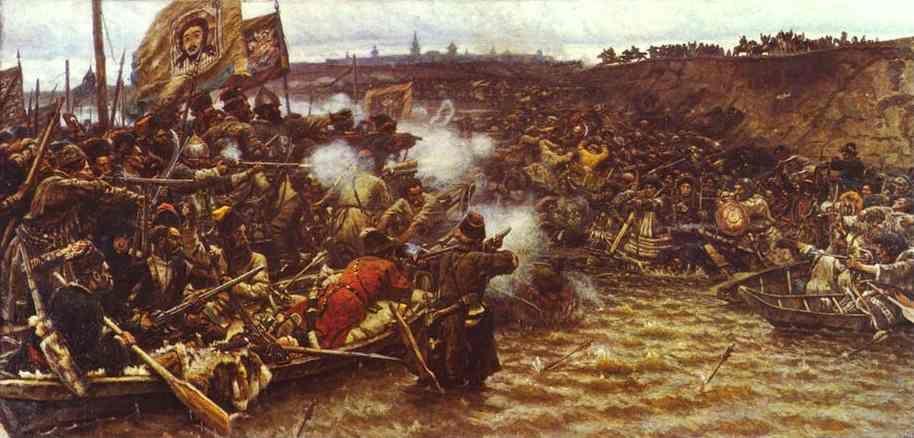
1895. Oil on canvas. The Russian Museum, St. Petersburg, Russia. Read Note.
- Morning Of The Strelets' Execution.
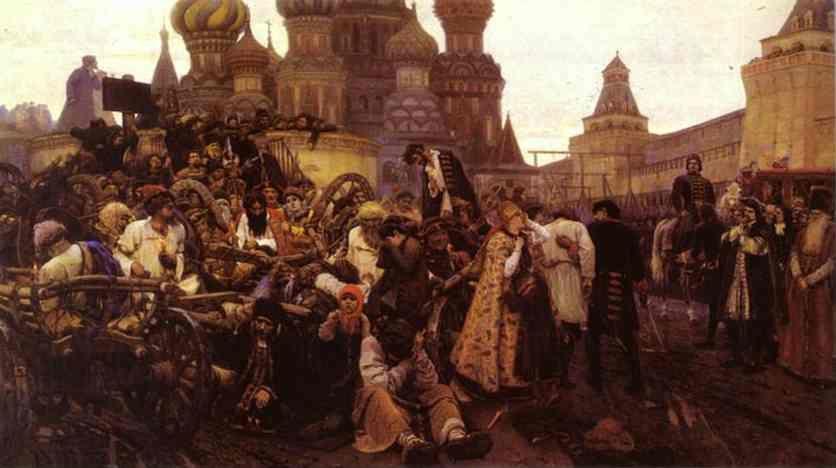
1881. Oil on canvas. The Tretyakov Gallery, Moscow, Russia. Read Note.
- Menshikov In Berezovo.
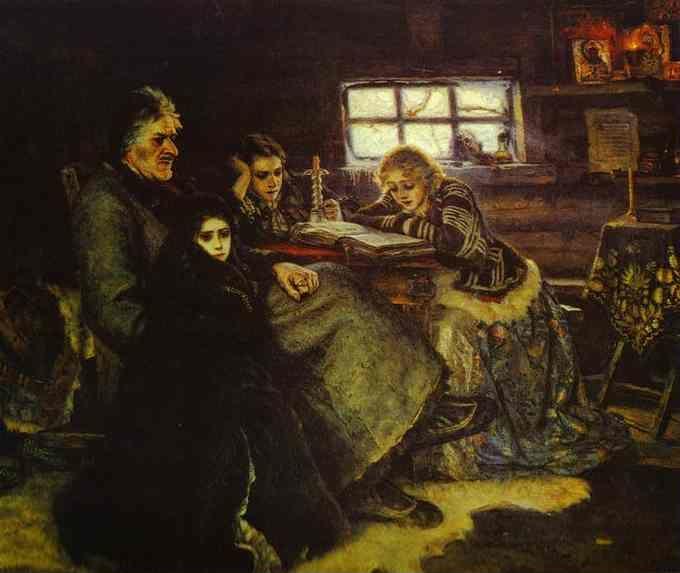
1883. Oil on canvas. The Tretyakov Gallery, Moscow, Russia. Read Note.
- The Boyarynia Morozova.
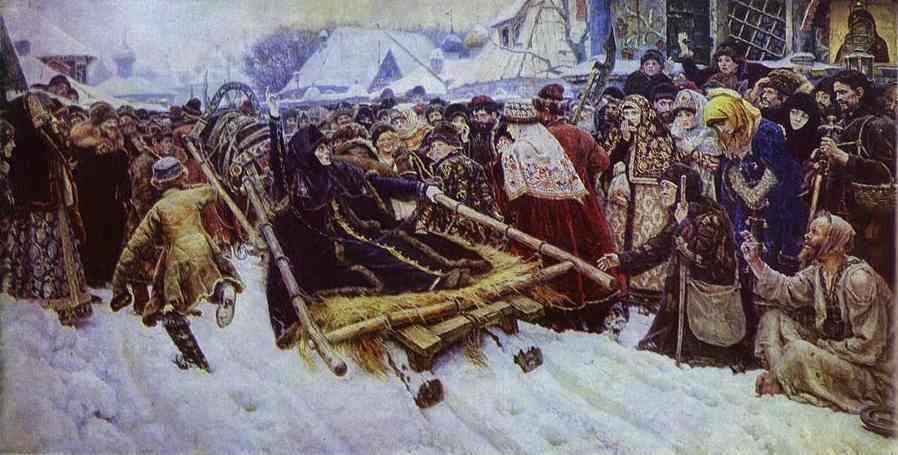
1887. Oil on canvas. The Tretyakov Gallery, Moscow, Russia. Read Note.